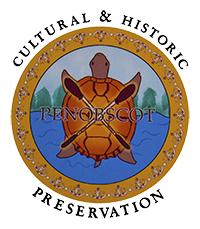
BRANCH 3 (these and those)
Now we can introduce another way wew talk about "this" and "that." We will learn about the plurals of these pronouns and how to use them with some of the vocabulary we just learned in the previous Branch.
Kekʷ iyolil?
“What are these?”
nipital iyolil nαkα αskʷe ntawakol iyolil
(these are my teeth and these are my ears)
Kekʷ nilil?
“What are those?”
akoskʷesonal nilil nαkα αskʷe kəpapisotəyal nilil
(those are hats and those are buttons)
Awenik iyokik?
“Who are these ones?”
attolhαwak iyokik nαkα αskʷe mahksənak iyokik
(these are shirts and these are shoes)
Awenik nikik?
“Who are those ones?”
nolkak nikik nαkα αskʷe nsawαkanak nikik
(those are deer and those are eagles)
nipital iyolil nαkα αskʷe kipital nilil
(these are my teeth and those are your teeth)
senαpak nikik nαkα αskʷe phenəmok iyokik
(those are men and these are women)
aləmossak iyokik nαkα αskʷe kəpapisotəyal nilil
(these are dogs and those are buttons)
mlohsəssak nikik nαkα αskʷe awehsohsak iyokik
(those are old men and these are bears)

